
Palamu district is one of the twenty-four districts of Jharkhand, India. It was formed in 1892. The administrative headquarters of the district is Medininagar, situated on the Koel River. Palamu district lies in north-western part of Jharkhand. It shares border with Chatra, Garhwa & Latehar Districts of Jharkhand state and Aurangabad, Gaya & Rohtas Districts of Bihar state.

Purnia is the fourth largest city of Bihar and is emerging as the largest economic hub in North Bihar. It serves as the administrative headquarters of both Purnia district and Purnia division in the Indian state of Bihar. It is well known for its favourable climate like Darjeeling and has an abundance of resources for human settlements and economic activities.
Rajmahal is a subdivisional town and a notified area in Rajmahal subdivision of the Sahebganj district in the Indian state of Jharkhand. It is situated at the banks of Ganges and was former capital of Bengal Subah under Mughal governor, Man Singh I.

Patna, the capital of Bihar state, India, is one of the oldest continuously inhabited places in the world and the history of Patna spans at least three millennia. Patna has the distinction of being associated with the two most ancient religions of the world, namely, Buddhism and Jainism. The ancient city of Pataliputra was the capital of the Mauryan, Shunga, and Gupta Empires.
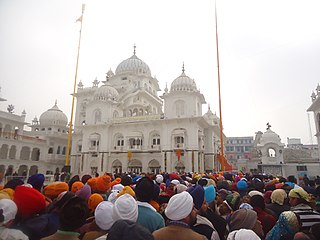
Takht Sri Patna Sahib also known as Takhat Sri Harimandir Ji, Patna Sahib, is one of the five takhts of the Sikhs, located in Patna, Bihar, India.
Raj Bhavan is the official residence of the governor of Uttar Pradesh. It is located in the capital city of Lucknow, Uttar Pradesh.

King Kothi Palace or Nazri Bagh Palace is a royal palace in Hyderabad, Telangana, India. It was the palace where the erstwhile ruler of Hyderabad State, Sir Mir Osman Ali Khan, the seventh Nizam, lived. It was a palace bought by his father Mahboob Ali Pasha, who had a penchant for buying ostentatious homes.
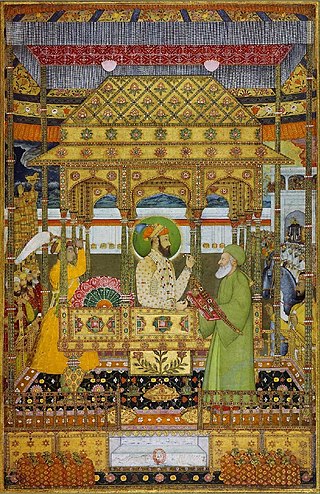
Azimabad was the name of modern-day Patna during the eighteenth century, prior to the British Raj. Today, Patna is the capital of Bihar, a state in North India. In ancient times, Patna was known as Pataliputra. This was the capital of the Maurya and Gupta Empires.
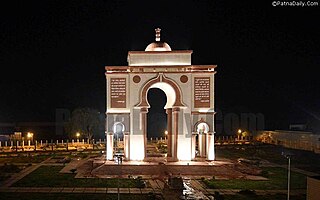
Patna, historically known as Pāṭaliputra, is the capital and largest city of the state of Bihar in India. According to the United Nations, as of 2018, Patna had a population of 2.35 million, making it the 19th largest city in India. Covering 250 square kilometres (97 sq mi) and over 2.5 million people, its urban agglomeration is the 18th largest in India. Patna also serves as the seat of Patna High Court. The Buddhist, Hindu and Jain pilgrimage centres of Vaishali, Rajgir, Nalanda, Bodh Gaya and Pawapuri are nearby and Patna City is a sacred city for Sikhs as the tenth Sikh Guru, Guru Gobind Singh was born here. The modern city of Patna is mainly on the southern bank of the river Ganges. The city also straddles the rivers Son, Gandak and Punpun. The city is approximately 35 kilometres (22 mi) in length and 16 to 18 kilometres wide.

Khuda Bakhsh Oriental Library is one of the national libraries of India, located in Patna, Bihar. It was opened to public on 29 October 1891 by Khan Bahadur Khuda Bakhsh with 4,000 manuscripts, of which he inherited 1,400 from his father Maulvi Mohammed Bakhsh. It is an autonomous organization under Ministry of Culture, Government of India, and is governed by a Board with the Governor of Bihar as its ex officio Chairman, and is known for its rare collection of Persian and Arabic manuscripts. It also hosts paintings made during the Rajput and Mughal eras of India.
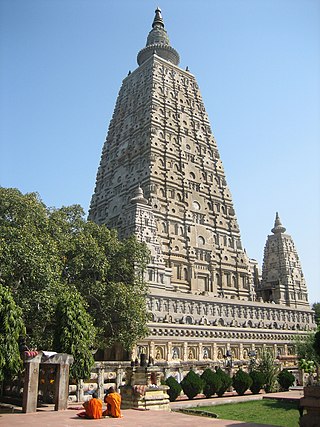
The state of Bihar in eastern India, is one of the oldest inhabited places in the world with a history going back 3000 years. The rich culture and heritage of Bihar is evident from the innumerable ancient monuments that are dotted all over the state. Bihar is home to many tourist attractions and is visited by large numbers of tourists from all over the world. Around total 6 million tourists visit Bihar every year.
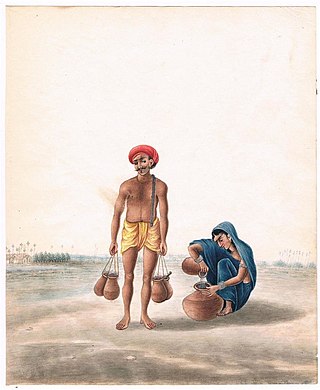
Patna School of Painting is a style of Indian painting which existed in Bihar, India in the 18th and 19th centuries. Patna Qalaam was the world's first independent school of painting which dealt exclusively with the commoner and their lifestyle, which also helped Patna Kalam paintings gain in popularity. The principal centers of this style were in Patna, Danapur and Arrah.

The Munger Fort, located at Munger, in the state of Bihar, India, is built on a rocky hillock on the south bank of the Ganges River. Its history is not completely dated but it is believed that it was built during the early rule of Slave dynasty of India. The Munger town where the fort is situated was under the control of Muhammad bin Tughluq of Delhi. The fort has two prominent hills called the Karnachaura or Karanchaura, and the other a built up rectangular mound deduced to be the location of a citadel of the fort with historical links. The fort had a succession of Muslim rulers (Khaljis, Tughlaqs, Lodis, Nawabs of Bengal, followed by Mughal rulers, till it was finally acceded to the British by Mir Quasim, after unseating his father-in-law Mīr Jafar on the grounds of old age, for a monetary reward negotiated by Vansittart. This deal involved payment by the East India Company's merchants of an ad valorem duty of 9 percent, against an Indian merchant's duty of 40%. The fort became a place of considerable importance to the British in Bengal till 1947.

The Tekari Raj was a zamindari estate of the Bhumihar Brahmin community in South Bihar. They controlled 2,046 villages on their estate, which covered a 7,500 square kilometres (2,900 sq mi) area, near to the town of Gaya.

Metcalfe House is the name given to two residential houses built in the 19th century in Delhi; one is near Old Delhi Civil Lines and the other is in Mehrauli, South Delhi. These were built by Sir Thomas Metcalfe (1795–1853), a civil servant, when he was the Governor General's last British resident (agent) at the Mughal court of Emperor Bahadur Shah Zafar.

Sudha Varghese, also known as Sister Sudha, is a former religious sister and social worker in India who has devoted herself to the Musahar, the Dalit of Bihar and Uttar Pradesh, one of the Scheduled Castes and who are considered the "untouchables". She resides and works in Jamsaut, a village in Patna district. She is sometimes called didi, which means "elder sister".
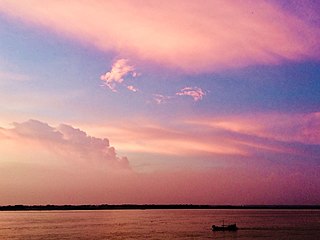
Digha is a residential neighbourhood in Patna. The area is served by Digha PS under Patna Police. Digha is mostly known for the "Ghats" mean place near Ganga river. Digha is also known for Rnet Software's, ITI college and WITI college. It comes under Digha. There is a place called Digha Ghat Chauhatta and a colony named Haripur colony. The JP Setu or Digha Rail-Road Bridge is started from Digha to Sonpur which connects Patna to Sonpur. This is the resident place of an international repute poet namely Tapeshwar Prasad Yadav. He has been selected as one of the awardees in the Category: *Poet of the Year* for the title: *Embers of My Dream* by ukiyoto Literary Awards 2022. Digha has now become the first destination for people who entered in Patna from other district of Bihar from Sonpur route.

Gurgaon railway station is an under-construction railway station in Gurgaon district, Haryana. The station consists of 3 platforms which are well sheltered having facilities including water, sanitation, Wifi etc. The station serves Gurgaon city and is a part of Delhi-Jaipur railway line. Gurgaon station is connected to important cities in India like New Delhi, Mumbai, Jaipur, Gandhinagar, Ahmedabad, Kanpur, Chandigarh, Patna, Howrah and Jammu.

Bhagat Ki Kothi–Kamakhya Express is an Express train of the Indian Railways connecting Bhagat Ki Kothi in Rajasthan and Kamakhya Junction in Assam. All the coaches are LHB coach. It is currently being operated with 15623/15624 train numbers on once a week basis.
















